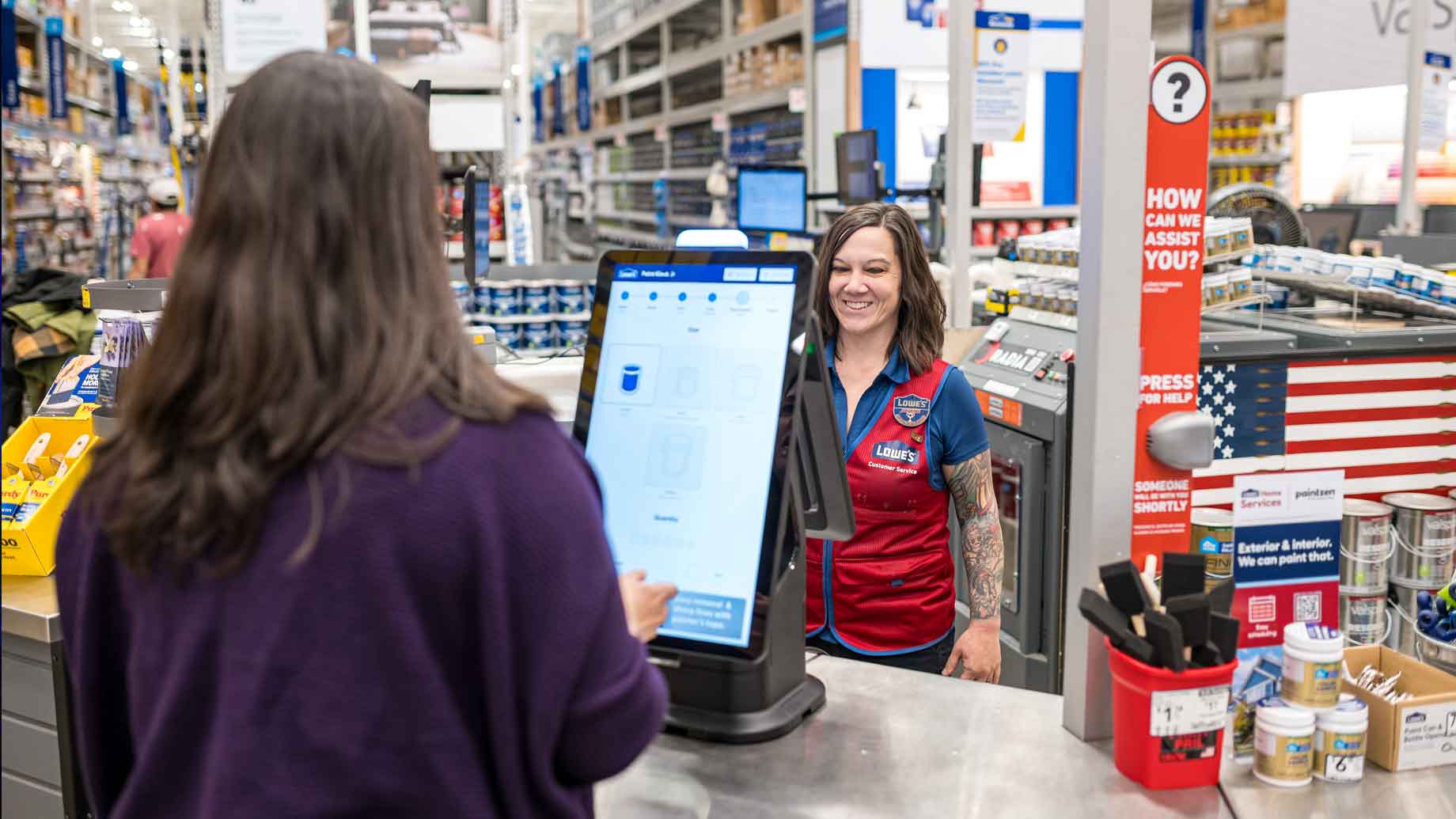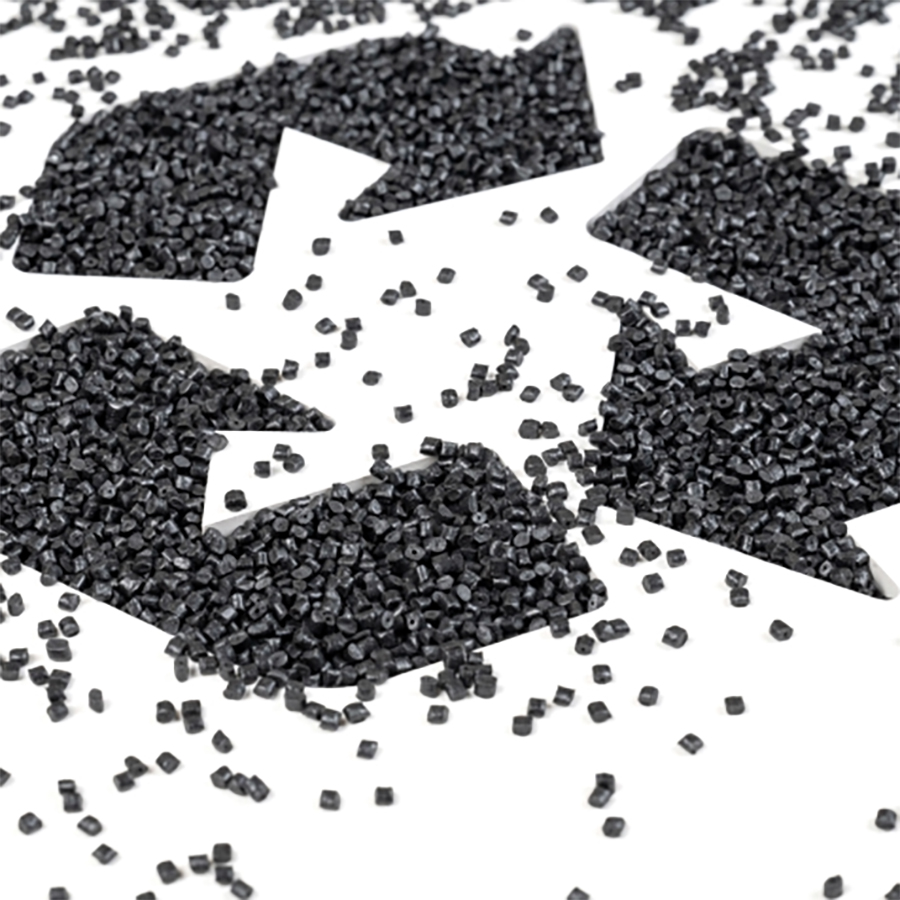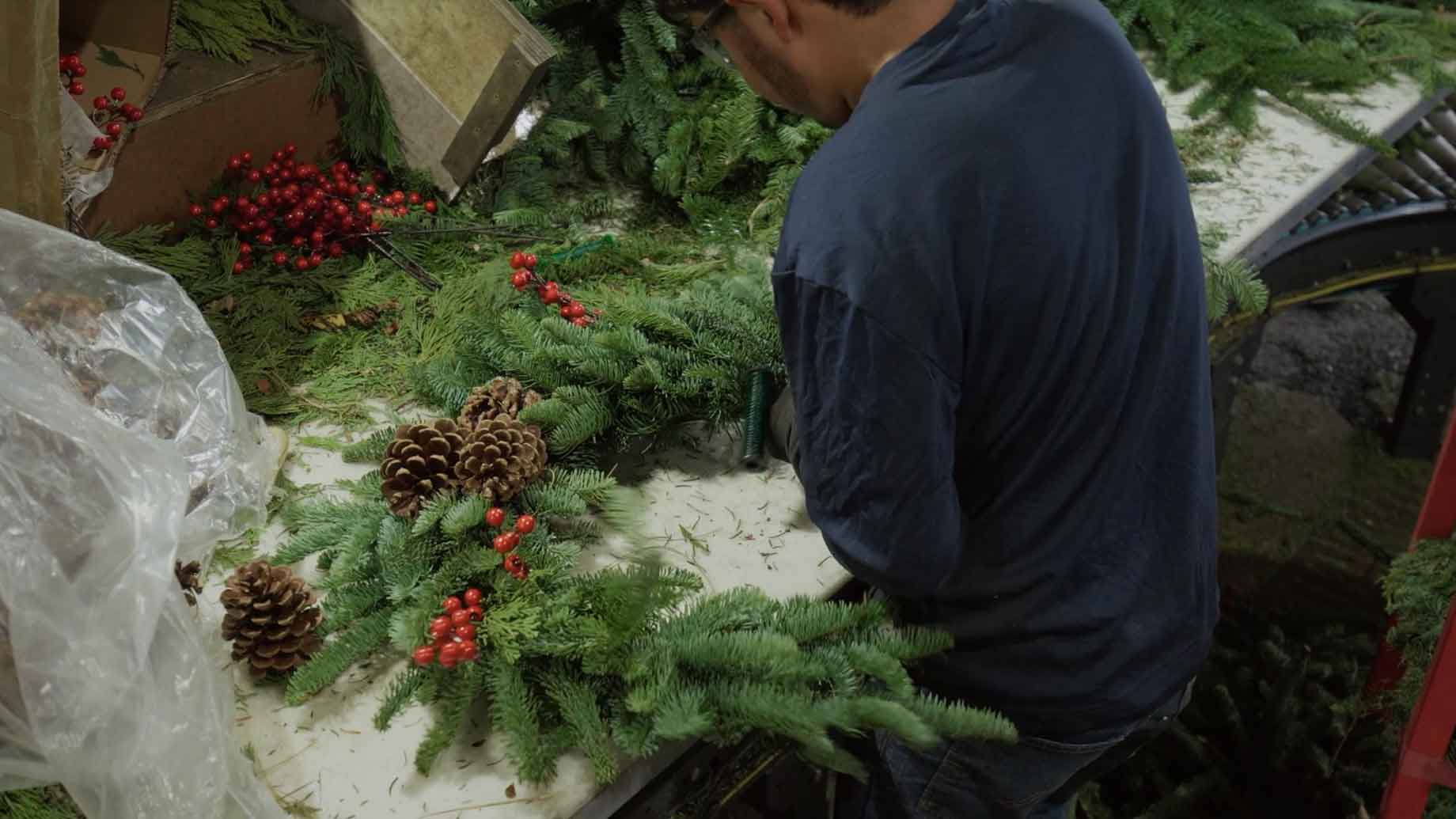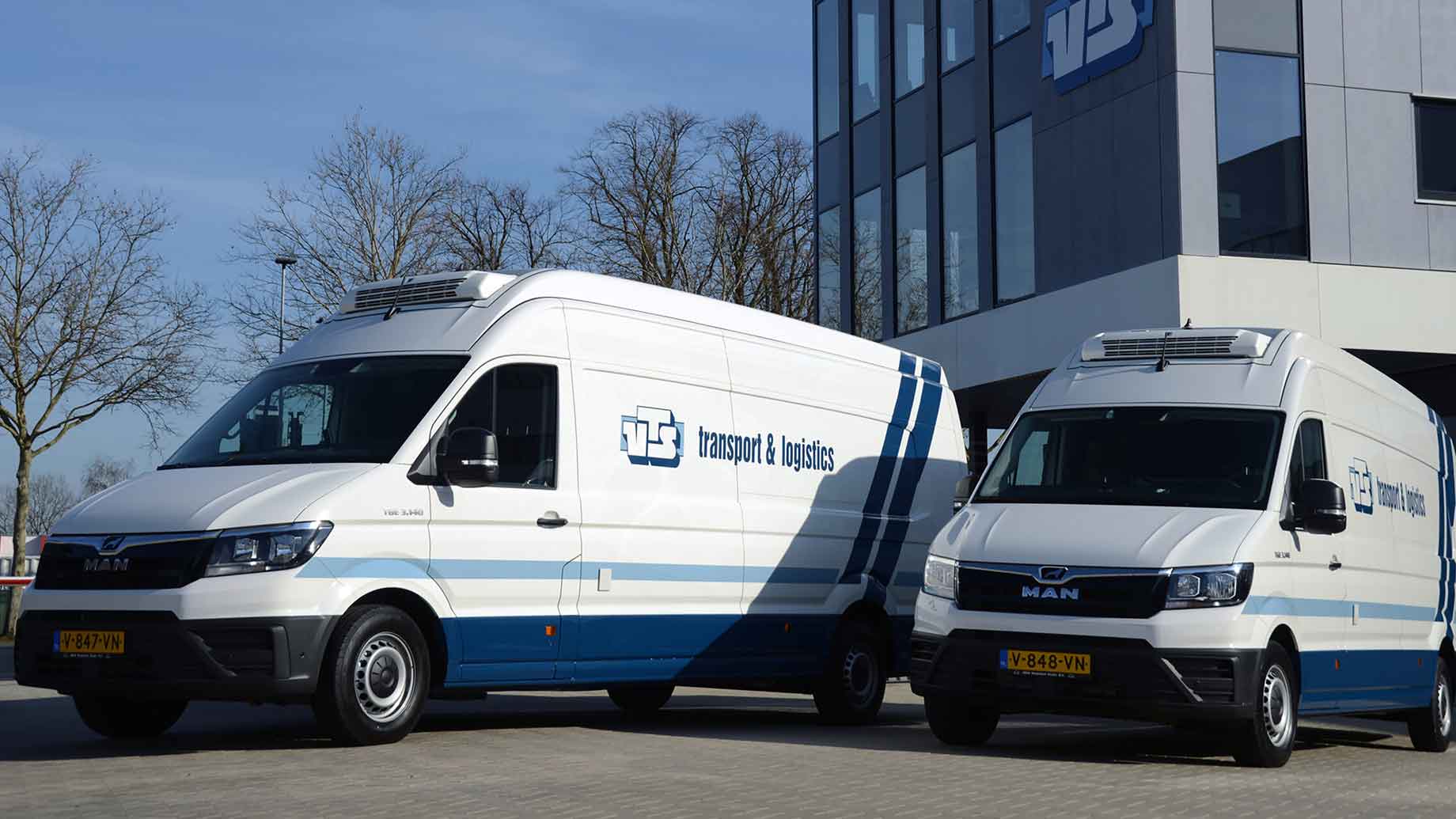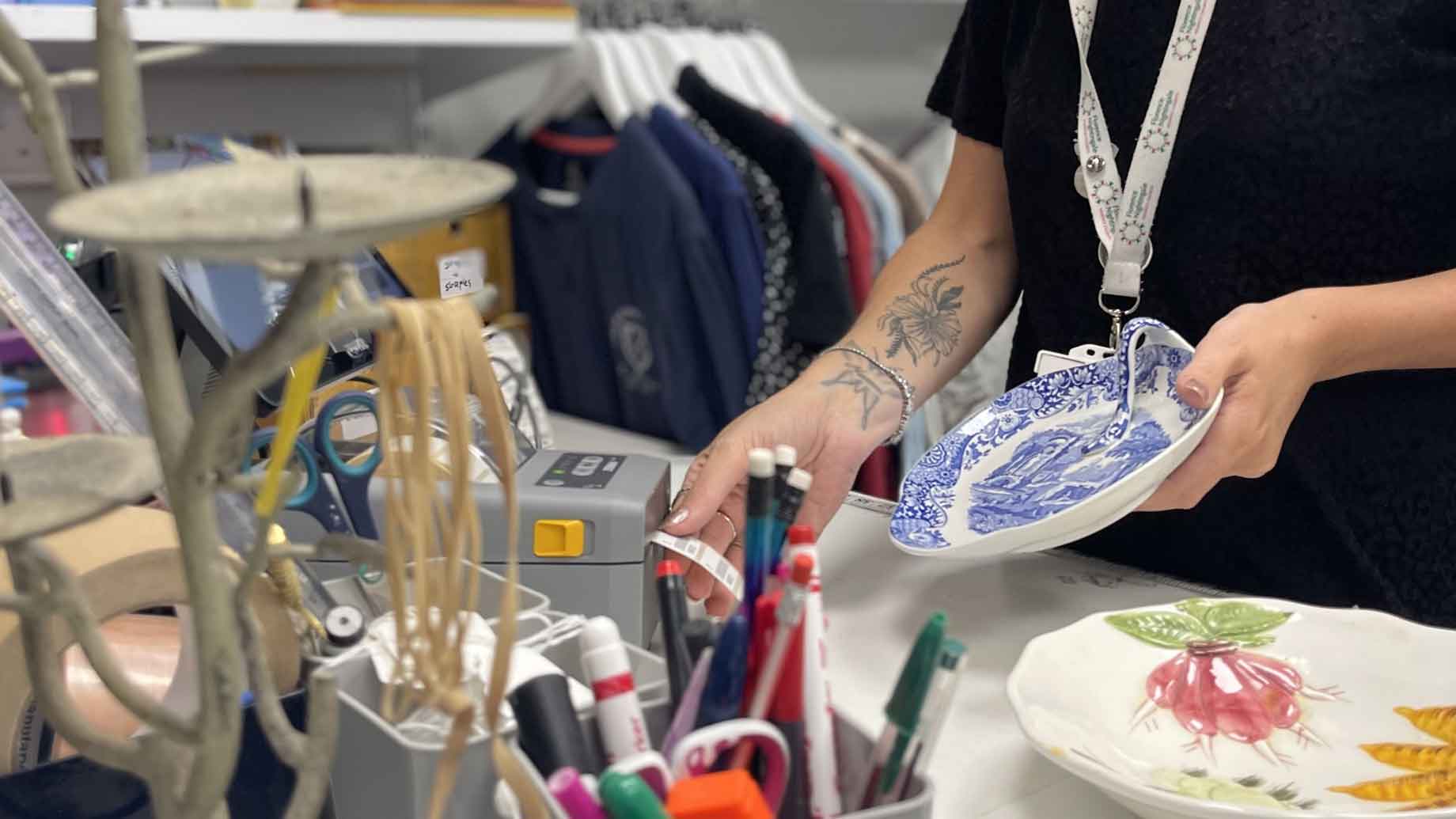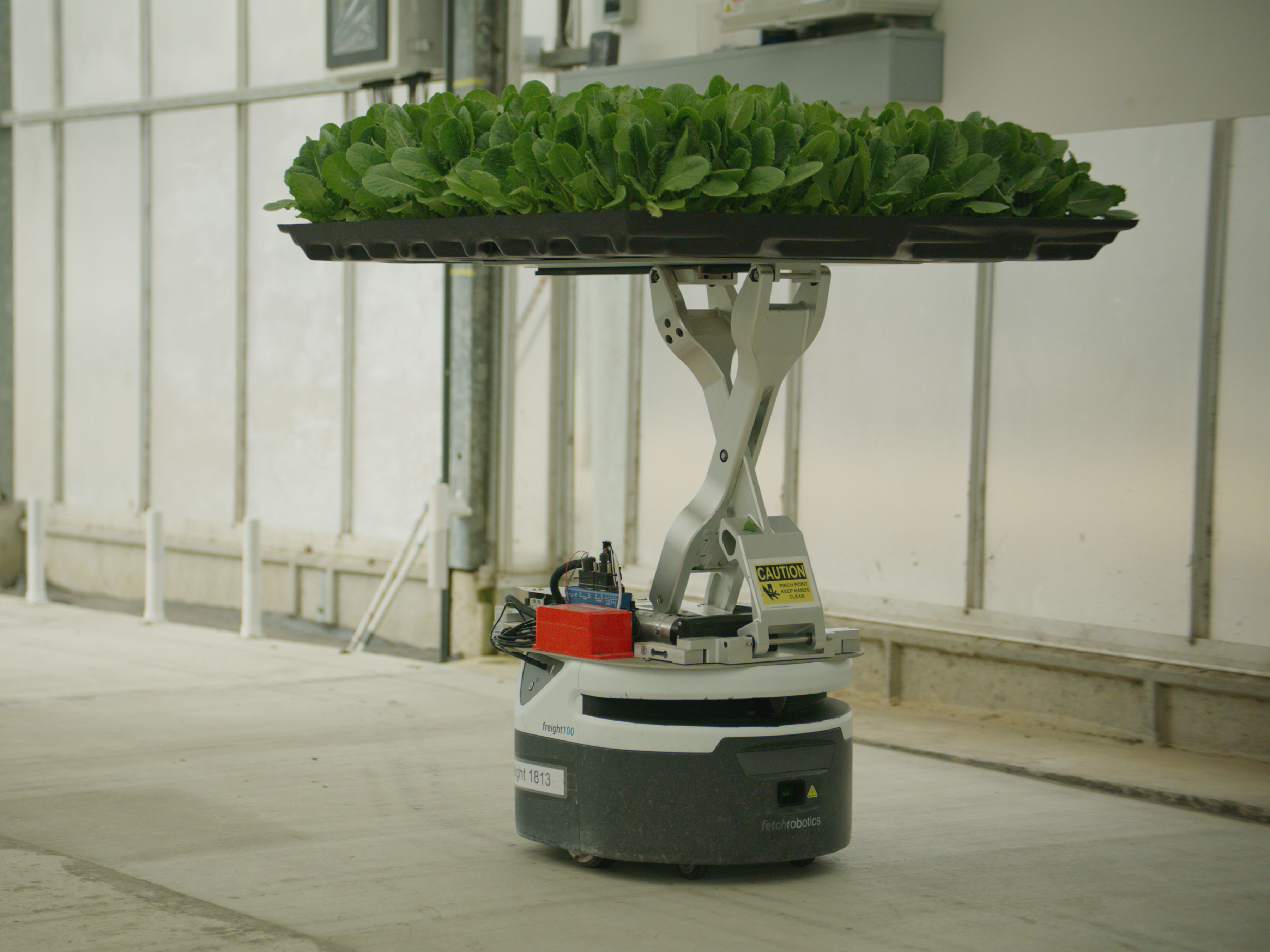
Hippo Harvest Elevates Farming Efficiency with Autonomous Mobile Robots
Hippo Harvest is a controlled environment agriculture (CEA) company that uses plant science, machine learning and robotics to sustainably grow vegetables in greenhouse environments. The company's technology provides health and sustainability conscious shoppers with fresh and affordable produce.
Zebra Success Story: Hippo Harvest
Overview: Agriculture Challenge
Address labour challenges and environmental fluctuations to enhance the long-term sustainability, affordability, and scalability of organic produce cultivation.
Benefits / Outcomes
- Maximised greenhouse time and resources.
- 92% decrease in water consumption.
- 55% reduction in fertiliser usage.
- Enhanced productivity and employee experience.
Customers
Hippo Harvest
Pescadero, California/USA
Industry
Agriculture
Solutions
About Hippo Harvest
The contemporary agricultural sector is grappling with a host of challenges, notably labour shortages and severe weather conditions, which compromise the efficacy of conventional outdoor farming. Though indoor greenhouses offer an alternative, their perceived high cost and specialised nature often hinder their widespread adoption. That is, until now.
Since 2019, farming technology start-up Hippo Harvest has focused on improving the accessibility and scalability of controlled environment agriculture (CEA). Led by a team of tech industry veterans, the company leverages advanced plant science, machine learning and Zebra’s Autonomous Mobile Robots (AMRs) to cultivate lettuce that can withstand the challenges posed by droughts, floods, and various extreme weather conditions.
“My career up to Hippo Harvest had been technology for technology’s sake,” says Chief Executive Officer Eitan Marder-Eppstein. “At Hippo Harvest, I’ve had the opportunity to leverage technology for real impact.”
The Challenge
Hippo Harvest was established to make food systems more resilient in uncertain conditions. The company partnered with Zebra Robotics Automation to make greenhouse farming as cost-effective and scalable as outdoor farming.
For many, the image of AMRs is closely tied to warehouses or manu-facturing settings, bustling with robots efficiently transporting boxes and pallets. Yet, Marder-Eppstein saw beyond this conventional scene. Intrigued by the adaptability of warehouse automation, he envisioned its potential application in agriculture. “We wanted to build something that gave us more control and flexibility to dynamically harvest or treat plants differently,” Marder-Eppstein explains.
We employ robots to allow human operators to do more with less and to focus on the jobs that they are excited about that use their skills to their full potential. The robots do a lot of these repetitive and ergonomically challenging tasks that people don’t really want to do in today’s environment.
The Solution
In traditional farming, tractors are known for their versatility and cost-efficiency. At Hippo Harvest, they use Zebra’s Fetch AMRs to replicate this adaptability. The mobile robots come with customisable attachments and software, enabling them to water crops, provide nutrients, move plants, perform sensing and imaging tasks, and even keep the greenhouse clean by vacuuming.
“Zebra’s Fetch100 system is the absolute workhorse of our farm,” says Ivonna Dumanyan, Chief Business Officer at Hippo Harvest. “It is the platform on which all our capabilities are built.”
In an increasingly competitive global environment, the name of the game is innovation and adaptability. “We’re able to grow more effectively and efficiently because we use the same platform to perform multiple tasks in our greenhouse network,” says Marder-Eppstein. “We’re constantly developing new and novel ways to use these robots in our facilities.”
“Zebra has been a phenomenal partner for us in bringing their expertise together with ours to problem solve and figure out how we can take a hardware platform that was designed for another industry and adapt it so that we can utilise it as an extremely effective tractor in our greenhouse facilities,” Marder-Eppstein says. “It’s an incredibly complex task that requires integrating not just greenhouse control systems and people and a fleet of mobile robots, but also living things.”
The Zebra Difference: Outcome and Benefits
Adaptable Agricultural Innovations
While many greenhouse farms depend on recirculating plumbing systems, Hippo Harvest’s AMR system allows its greenhouses to operate without the need for intricate indoor plumbing installation and maintenance. Working in this controlled indoor environment also greatly reduces the need for pesticides, leading to the elimination of drift and a ready-to-eat product.
“The beauty of a growth system like Hippo Harvest is we can put it anywhere,” Dumanyan says. “We can feed more people with fewer resources, less water and less space.” The system helps grow more produce closer to where it is sold, improving shelf life and increasing sustainability by reducing time in transit.
Moreover, maintenance of Zebra’s AMRs has proven to be much more cost-effective compared to the maintenance of traditional raft and conveyor systems. Each device is simple to troubleshoot, swap out and repair on a short timeline. “The use of AMRs allows us to mitigate downtime in our system,” adds Dumanyan. “It allows us to change our minds to find optimisations and improvements in our ways of working and adapt accordingly.”
Better Data Collection Enables Faster Learning Curves
Before founding Hippo Harvest, Marder-Eppstein was an experienced software engineer for some of Silicon Valley’s largest corporations. Dumanyan is a former start-up founder and engineer with a background in renewable energy and artificial intelligence. The two innovators have high expectations for the technology at work in their greenhouse.
“In the early stages of Hippo Harvest, we kept hitting constraints in our ability to collect data that was rich enough to employ modern machine learning techniques,” Marder-Eppstein explains. Today, the deployment of Zebra AMRs to collect data about plants and conditions throughout the greenhouse has successfully accelerated the rate of learning, setting off a flywheel effect that allows the company to outpace the industry’s standard speed of innovation.
Supercharging Human Labour
Farming is demanding. Given its physical rigour and historically modest wages, numerous farmers need help attracting the workforce required to manage and collect crops competitively.
“We employ robots to allow human operators to do more with less and to focus on the jobs that they are excited about that use their skills to their full potential,” Marder-Eppstein says. “The robots do a lot of these repetitive and ergonomically challenging tasks that people don’t want to do in today’s environment.”
“The Zebra system allows us to programme these tractors to work for up to 20 hours a day, keeping the farm operating efficiently even in a reality where labour is scarce,” adds Dumanyan. “Our system’s per unit area will produce about 30 times more produce than conventional outdoor agriculture.”
Fewer Resources, Superior Results
Compared to traditional farming methods, Hippo Harvest’s advanced strategies showcase remarkable progress. Their water consumption has been slashed by an impressive 92%, and the meticulous method of delivering specific nutrient doses directly to each plant has curbed fertiliser usage by 55%. This not only signifies a monumental shift in agricultural practices but also emphasises a more sustainable and resource-conscious approach.
